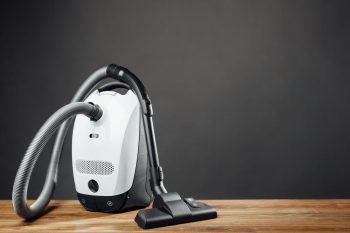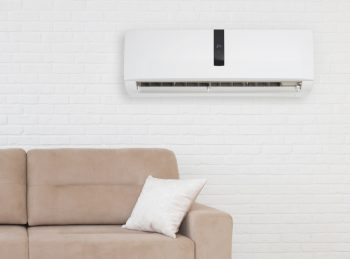
Installing flooring under a hot water heater can seem like a complex task. However, with the right preparation, tools, and knowledge, it is a project that can be successfully carried out. This comprehensive guide will walk you through each step of the process, providing you with helpful tips and practical examples along the way.
To install flooring under a hot water heater, start by turning off the power supply and removing the heater. After cleaning and leveling the subfloor, choose a durable and waterproof flooring material like ceramic tiles or vinyl plank flooring. Install the flooring as per the manufacturer’s instructions, then carefully place the heater back onto the floor, ensuring it’s level and stable. Reconnect the water lines, gas line, and vent pipe, then turn the power and water supply back on. Monitor the area regularly for any potential leaks or issues.
Preparation Before Installation
Before you even begin thinking about laying down your new flooring, there are several preparatory steps that need to be taken. First, turn off the power supply to the hot water heater and drain the tank if necessary. This is an essential safety measure to prevent any accidents during the installation process.
Next, you’ll need to remove the hot water heater from its current position. This task may require professional help to ensure it is done safely and without damage to the heater.
After the heater has been removed, it’s time to clean the subfloor. Remove any debris, dirt, or old flooring materials that may interfere with the installation of the new flooring. Also, ensure the subfloor is level and make any necessary adjustments. You can use a self-leveler on low spots or sand down high spots if your subfloor is made of wood or concrete.
Choosing the Right Flooring Material
The type of flooring you choose to install under your hot water heater is crucial. It should be able to support the weight of the heater, withstand moisture, and provide a stable surface. Tile flooring, particularly ceramic or porcelain tiles, is a good option as it provides a durable and waterproof barrier that can withstand high temperatures. Vinyl plank (LVP) flooring is another option that offers warmth and the appearance of hardwood while being water-resistant.
The Installation Process
Once you have prepared the area and chosen your flooring material, you can begin the installation process. Start by laying down the new flooring according to the manufacturer’s instructions. If you are installing tiles, for example, you will need to apply adhesive to the back of each tile and place it in position on the floor.
After the flooring has been installed, carefully lower the hot water heater back onto the floor, ensuring it is level and stable.
Next, reconnect the water lines, gas line (if applicable), and vent pipe to the heater. Finally, turn the power and water supply back on, and if it’s a gas heater, open the gas valve.
Post-Installation Considerations
After the installation, it’s crucial to monitor the area for any potential leaks or issues. Regularly check the area around the hot water heater for any signs of water damage. If you notice any leaks, address them immediately to prevent damage to your new flooring.
In summary, installing flooring under a hot water heater is a task that requires careful preparation, the right tools, and a good understanding of the process. However, with this comprehensive guide, you should be well-equipped to tackle this project successfully. Remember, if you’re ever unsure about any part of the process, it’s always best to consult with a professional.
Frequently Asked Questions
Can I install wooden flooring under a hot water heater?
It’s not recommended to install wooden flooring under a hot water heater. Wood is susceptible to water damage and can warp or rot if exposed to moisture, which is a possibility if the heater leaks. It’s better to choose a more water-resistant material, like tile or vinyl plank flooring.
Do I need to hire a professional to relocate the hot water heater during the installation?
While it’s possible to move the hot water heater yourself, it’s often safer and more efficient to hire a professional, especially if you’re unfamiliar with the process. Moving a hot water heater involves disconnecting and reconnecting water lines and potentially gas lines, which can be dangerous if not done correctly.
How often should I check for leaks after the installation?
It’s a good practice to check for leaks immediately after the installation and every few days for the first couple of weeks. After that, a monthly inspection should suffice. However, if you notice any signs of water damage or your heater is older, you may want to check more frequently.
Can I use any type of adhesive for installing the tiles?
It’s best to use an adhesive that’s specifically designed for the type of tile you’re installing and for the conditions it will be exposed to. For example, if you’re installing ceramic tiles, you’ll want to use a high-quality ceramic tile adhesive. Always check the manufacturer’s instructions for their recommended adhesive and application method.












